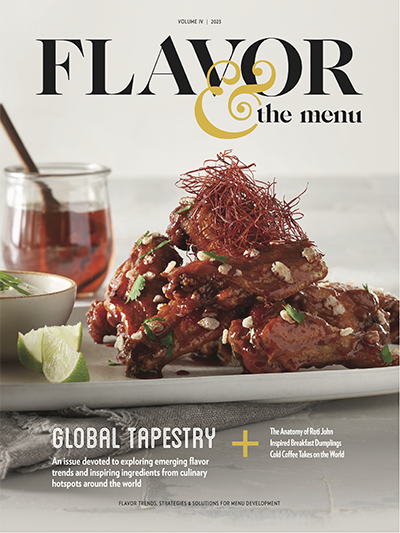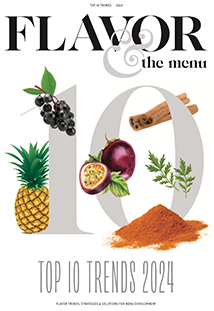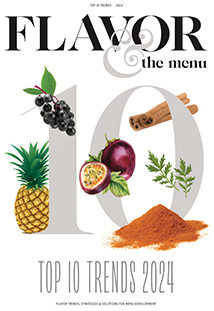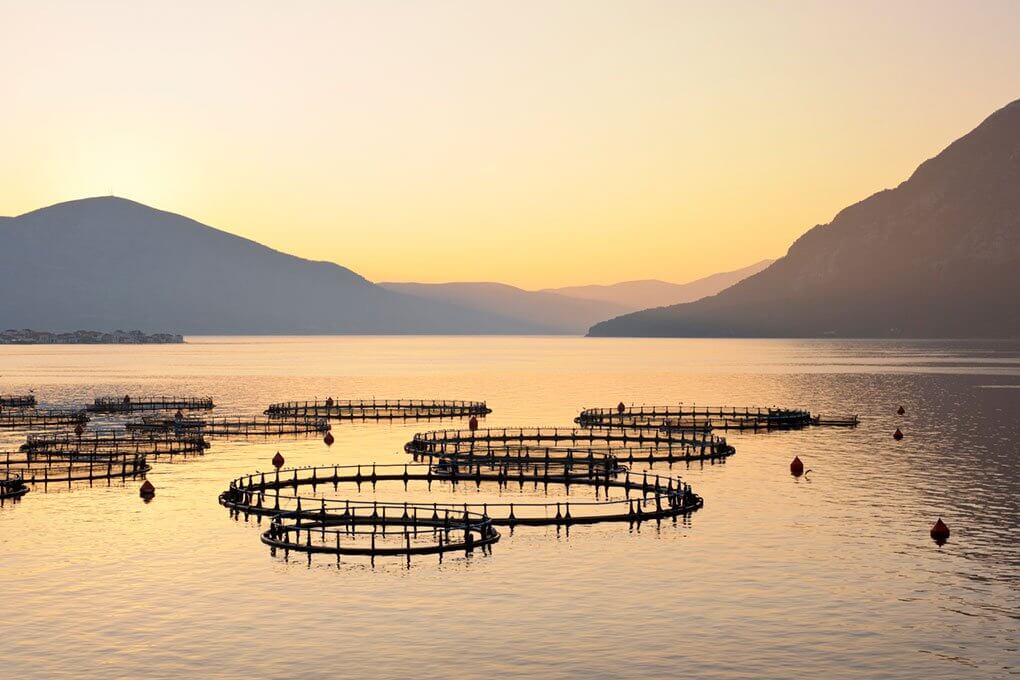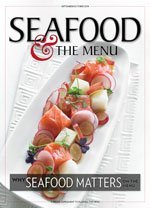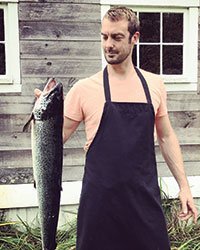Aquaculture at its most basic is the farming of fish intended for human consumption. But there are many different ways that a fish can grow to be a marketable seafood option for restaurant menus. With the help of both aquaculture professionals and the third-party organizations that hold producers to high standards, we’ve compiled a list of aquaculture terms to help you and your staff to better understand the industry.
- Aquaculture is fish farming in either fresh water or salt water operations. Farmers buy either shellfish seed, aka spat, or juvenile fish and feed them into adulthood, protecting them from predators and disease.
- Mariculture is the farming of shellfish, mostly oysters, mussels, scallops and clams. Mariculture typically takes place in saltwater on leased sites where the shellfish is raised from spat to a marketable size.
- Bottom Culture is a type of mariculture that involves raising shellfish on the seabed and harvesting them by hand, rakes or dredging. Seaweed may also be grown by bottom culture.
- Off-Bottom Culture is a type of mariculture that involves growing shellfish in suspended systems. In bag culture, spat grow in mesh bags attached to trestles and placed in the intertidal zone. In raft culture, old shells are strung on strings and attached to floating raft structures. After spat have settled on the shells, the rafts are anchored in favorable growing areas. In longline culture, spat are grown on ropes or in containers that are suspended from anchored or buoyed surface or subsurface ropes.
- Net Pens are open lakes of marine systems that so that the fish, typically salmon, tilapia and tuna are in direct contact with the surrounding environment. Net pens can sit just below the surface and be enclosed on the bottom and sides by wooden, mesh or net screens designed to contain the farmed fish. Net pens can also be submersible and therefore are enclosed by mesh or net screens.
- Offshore Fish Farms are located at least three miles from the coastline, often involving submerged net pens cages anchored to the seafloor.
- Ponds are a closed production system in which excavated soil is used to build levees and provide a gradual bottom slope. One of the earliest forms of aquaculture, ponds can be either natural or artificially constructed. Catfish, carp and tilapia are commonly farmed in ponds.
- Flowthrough Raceways are long, linear structures that allow finfish farmers to divert fresh water from a waterway, like a stream, so that it flows quickly and continuously through channels containing freshwater fish like rainbow trout.
- Food Conversion Ratio: The total weight of all feed fed to a lot of fish divided by the total weight gain of the fish lot. The better the conversion, the lower the ratio.
- Recirculating Aquaculture Systems are closed systems typically on land that feature continuous water flow through a series of tanks where the fish like salmon, Arctic char and sturgeon are raised. The wastewater is pumped through treatment systems before returning it to the tanks.

